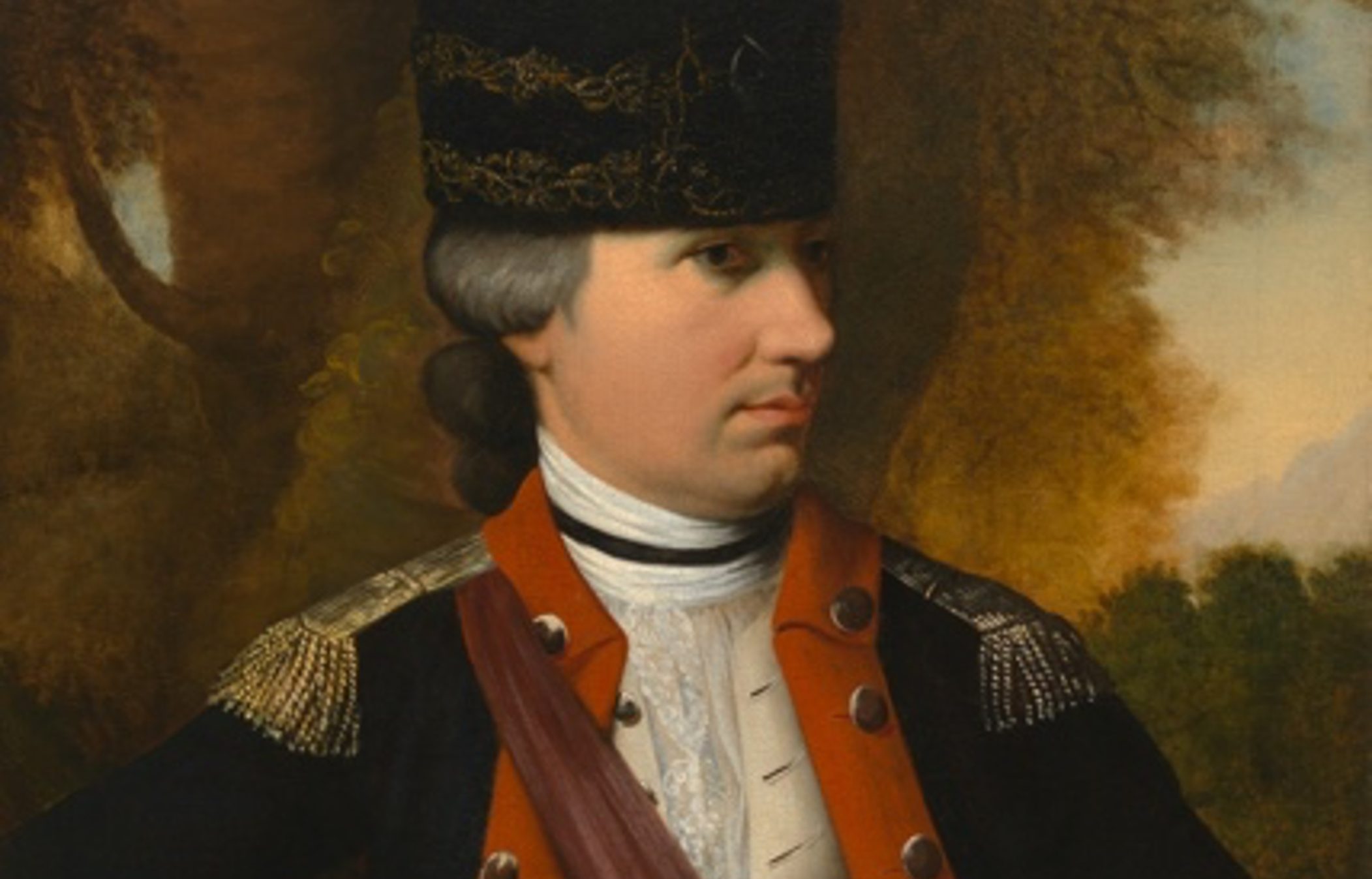10 Facts
The Charles Pinckney National Historic Homesite at Snee FarmThe Charles Pinckney National Historic Homesite contains a portion of the historic Snee Farm that was the plantation or country seat of Charles Pinckney (1757-1824), a principal author and signer of the United States Constitution. Learn more about Pinckney’s homesite and Snee Farm.
Colonel Charles Pinckney purchased the Snee Farm in 1754 and granted it to his son Charles Pinckney in 1782.
The land that became Snee Farm was originally part of a royal grant to Nathaniel Law* in 1698. It underwent several ownership changes before Colonel Charles Pinckney (1731-1782) purchased it from John and Ann Savage in 1754. When Colonel Charles Pinckney died in 1782, he left the Snee Farm and his Charleston properties to his son Charles Pinckney. Today, the Charles Pinckney National Historic Homesite can be found within the township of Mount Pleasant, South Carolina.

The Snee Farm was a working plantation of almost 1,000 acres.
Charles Pinckney’s aunt helped make its indigo crops a success.
One of the principal crops grown at the Snee Farm was indigo. Indigo was an important product that allowed the production of its eponymous blue dye. But indigo was not a viable crop until Charles’ aunt, Eliza Lucas Pinckney (1722-1793), determined how best to cultivate and process the plant through persistent experimentation. Indigo would remain a key crop until the American Revolution destroyed its market.
Despite owning the Snee Farm for over 30 years, Charles Pinckney rarely used this site as a residence.
Between 40 and 60 enslaved people worked at the Snee Farm.
Charles Pinckney was one of four South Carolina representatives to the Constitutional Convention. When the issue of slavery arose during the constitutional deliberations, Delegate Pinckney stood among his fellow Southerners in defense of the institution. He openly questioned the assertion that slavery was wrong, stating: “If slavery be wrong, it is justified by the example of all the world. In all ages, one-half of mankind have been slaves.” Pinckney and the other Southern delegates voted for the Constitution only after a compromise that protected the institution of slavery was inserted into the document.
Charles Pinckney’s Snee Farm and home was saved by the actions of his father during the Revolutionary War.
During the Revolutionary War, the British used Pinckney’s Snee Farm home to house important American officers captured in the war.

The Snee Farm’s success suffered while Charles Pinckney was away on government service.
Archeological efforts at the Charles Pinckney Homesite have been vital in understanding the site.
The Charles Pinckney Historic Homesite constitutes only a small remnant of the Snee Farm property, and no standing structures remain from the colonial era. Most of Pinckney’s papers were destroyed in the Charleston fire of 1861, therefore, what we know about the family’s years at Snee Farm has come mainly through the science of archeology. Archeologists have found that the house stands on the site of the Pinckney plantation house. They have also identified the location of ponds and fields used for growing indigo, rice, and cotton, the Pinckney well, the plantation kitchen, two slave cabins, and a slightly later (circa 1825) structure near the kitchen that possibly served as an overseer’s house or servants’ quarters.
The kitchen and well areas disclosed an extensive collection of 18th—and early 19th-century artifacts, including Chinese porcelain and French and English tableware, along with more common ceramics and slave-made pottery called “Colonoware.” Wine and liquor bottles, cutlery, British and American coins, and the remains of domestic and game animals that comprised part of the residents’ diet were also recovered.
The Friends of Historic Snee Farm deeded 28 acres to the National Park Service in 1990.

In 1990, the Friends of Historic Snee Farm, a local preservation group, deeded 28 acres of land—the only undeveloped portion of the original 1754 Pinckney purchase—to the National Park Service to create a memorial to one of the drafters and signers of the U. S. Constitution. Today, more than 150,000 artifacts have been removed from the site, but additional research and archeological work are still needed to thoroughly understand the role this Lowcountry plantation played in shaping one of our nation’s early leaders. Any newly discovered information will be incorporated into exhibits and programs at the site to keep visitors fully informed about Charles Pinckney, his family, and his land.
